José Sabogal Diéguez (1888-1956)
Get a Sabogal Certificate of Authenticity for your painting (COA) for your Sabogal drawing.
For all your Sabogal artworks you need a Certificate of Authenticity (COA) in order to sell, to insure or to donate for a tax deduction.
Getting a Sabogal Certificate of Authenticity (COA) is easy. Just send us photos and dimensions and tell us what you know about the origin or history of your Sabogal painting or drawing.
If you want to sell your Sabogal painting or drawing use our selling services. We offer Sabogal selling help, selling advice, private treaty sales and full brokerage.
We have been authenticating Sabogal and issuing certificates of authenticity since 2002. We are recognized Sabogal experts and Sabogal certified appraisers. We issue COAs and appraisals for all Sabogal artworks.
Our Sabogal paintings and drawings authentications are accepted and respected worldwide.
Each COA is backed by in-depth research and analysis authentication reports.
The Sabogal certificates of authenticity we issue are based on solid, reliable and fully referenced art investigations, authentication research, analytical work and forensic studies.
We are available to examine your Sabogal painting or drawing anywhere in the world.
You will generally receive your certificates of authenticity and authentication report within two weeks. Some complicated cases with difficult to research Sabogal paintings or drawings take longer.
Our clients include Sabogal collectors, investors, tax authorities, insurance adjusters, appraisers, valuers, auctioneers, Federal agencies and many law firms.
We perform José Sabogal art authentication, appraisal, certificates of authenticity (COA), analysis, research, scientific tests, full art authentications. We will help you sell your José Sabogal or we will sell it for you.
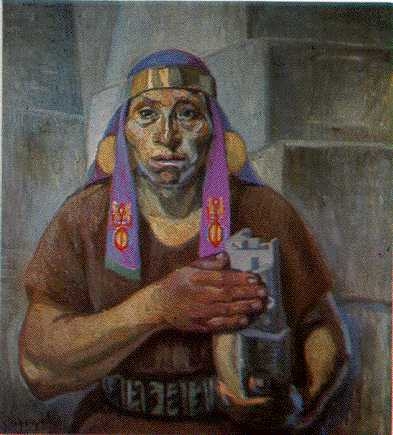
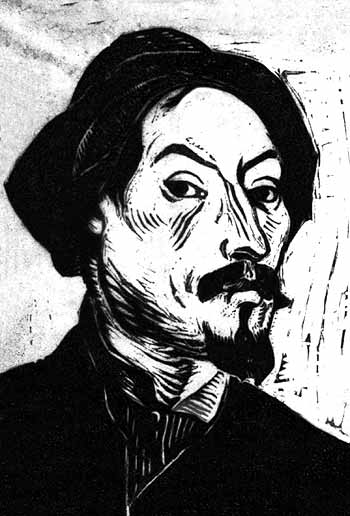
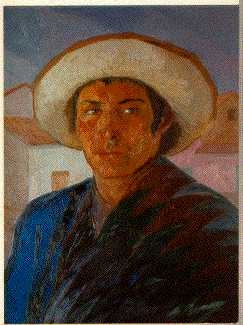
Jose Sabogal Dieguez was born in Cajabamba, province of the department of Cajamarca on March 19th, 1988. He died in Miraflores, Lima on December 15, 1956. The beautiful landscape of his hometown marked his inner childhood spirit the quiet image of his Andes with his mountain peaks and valleys, with his stream of light and colors, with his exotic inhabitants, silent and profound.
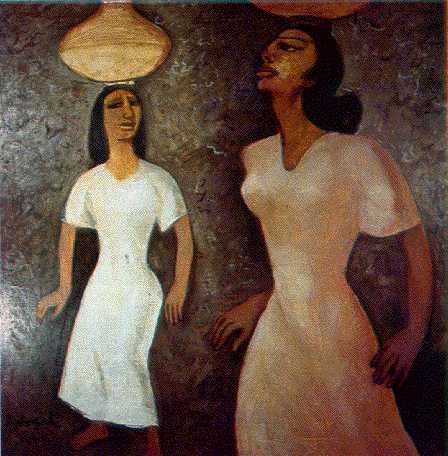

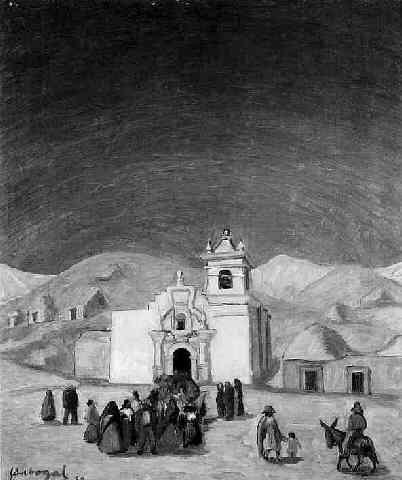
In 1908, at the age of 20, he travels to Europe and settles in Rome, where he takes advantage of excellent artistic studies and later he travels all over Italy. In 1911 he travels through the coasts of Algeria and Morocco and also through Spain. The following year he returns to Latin America but he stays in Buenos Aires to become a student of The School of Beaux Arts. From 1913 to 1918 he works as a drawing teacher in a typical school of Jujuy, a city of high mountains so impressive that makes the painter remember the majestic beauty of the Peruvian Andes.



Sabogal came to Peru through the Andes and settles in Cuzco towards the end of 1918. Using his superb knowledge of art, he scrutinizes the spirit of our national reality through the type of his inhabitants, the Indian, and through his Andean scenery. That is when emerges in his creation a new form of painting, of nationalist character that would end being called with disdain “indigenista”(Indigenous-oriented-theme). Sabogal’s purpose was not to paint Indians, like many insist of believing, but rather to make a type of Peruvian-oriented art, typical, something that would express the character of Peru. Although is true that his aesthetic for many people is full of defects, it is also true that he was a brave artist, with a strong personality, tough in his attitude, original in his realization, and undisturbed in his convictions, modern in his executions. We can appreciate the meaning of his aesthetic, until today a unique mark in the history of art in Peru.


In 1919 he does his first “indigenista” exposition, shocking the Lima society by the spectacular of his theme and his technique. In 1920 he is called to the School of Beaux Arts as a teacher, work that he does until 1932. Although he practiced a pictorial modality, found with the great master director Daniel Hernandez, he takes the direction of the highest institute of aesthetic studies of the country and from that maximum place he proposes with a sincere passion the “indigenismo”. In 1943, Sabogal resigns to the position of Director of the School of Beaux Arts, making feel uncomfortable many people for that decision. The artistic personality of Sabogal was renowned within and outside the country. Mexico and the United States gave him a lot of credit and admiration.

The painting of master Sabogal is manifested through very expressive thick and vigorous strokes. His strong figures, almost static, of Andean spirit, are presented pleasant and original. His color is very simplified yet harmonious and precise. He composes good, letting us see his sense of synthesis and his spiritual form of being in tune in his images to achieve work of high aesthetic and human value.

Among his most famous paintings are “Vista de Amancaes” (Amancaes view), “Tondo Colorado” ( Reddish tondo), “Varayoc of Chicheros”, “La Procesion del Señor de los Milagros” ( The Procession of the Lord of the Miracles), “Victoria Regia”, “Hilanderas Huancas” ( Huancas weaving women), many murals and xylography work. Among the murals we can mention the triptych over typical Lima scenery that he painted on a wall of the Lima Maury Hotel and also “Garcilaso de la Vega” painted in a Cuzco hotel.
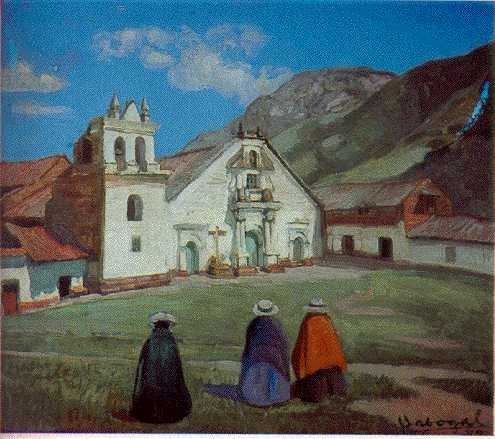
Still wondering about a Peruvian painting in your family collection? Contact us…it could be by José Sabogal.
Reviews
1,217 global ratings
5 Star
4 Star
3 Star
2 Star
1 Star
Your evaluation is very important to us. Thank you.
